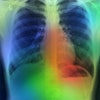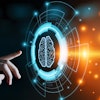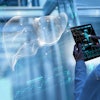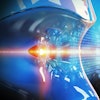Wednesday, November 29 | 11:00 a.m.-11:10 a.m. | RC513-11 | Room E352
In this scientific session, researchers will explain why artificial intelligence (AI) and radiologists are better together when it comes to bone age assessment.Radiographic bone age assessment is an integral part of the clinical workup of pediatric endocrine and metabolic disorders, said presenter Dr. Shahein Tajmir, a radiology resident at Massachusetts General Hospital in Boston.
"While it can be performed using the Greulich and Pyle or Tanner-Whitehouse methods, in both cases [bone age assessment] is time-consuming and subject to interrater variability among radiologists," Tajmir said. "However, [bone age assessment] is an ideal application for automated image evaluation as there is a single image of the left hand and wrist and relatively standardized findings."
The researchers had previously developed an automated deep-learning algorithm for bone age assessment. Compared with the radiology report findings, the software achieved a mean accuracy of 92.3% within one year of age for both female and male cohorts. In this study, the team sought to compare the algorithm's performance with that of a cohort of six radiologists using standardized cases, as well as evaluate the best way to integrate AI into radiology practice, Tajmir said.
The key finding was that the use of AI improves the accuracy and decreases the variability of subspecialty-trained pediatric radiologists when performing bone age assessment, he said. The mean cohort variability decreased, while the mean cohort accuracy increased.
"Additionally, all individual radiologists paired with AI had statistically significant decreases in variability below that of AI or radiologists alone," Tajmir told AuntMinnie.com. "These findings suggest that AI tools may optimally be used as an adjunct to radiologist interpretation."
Check out this talk in person to get all the details.




















